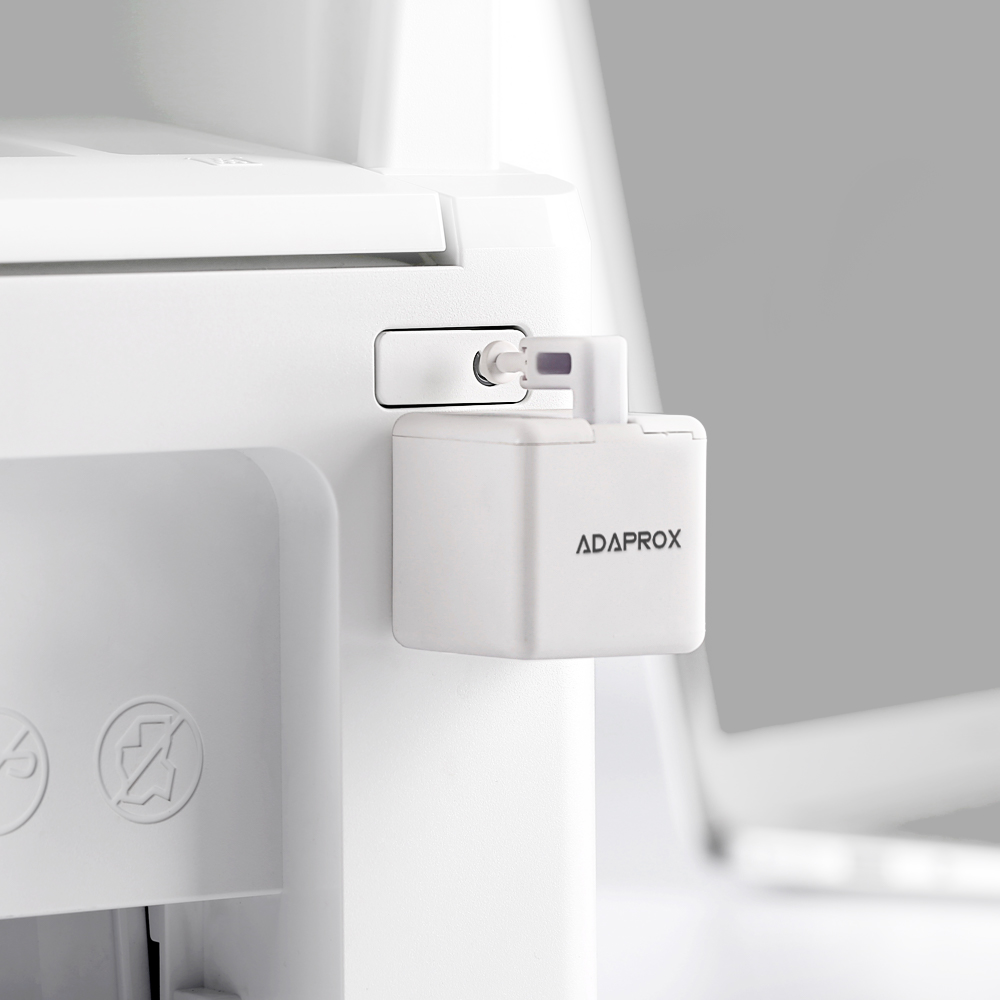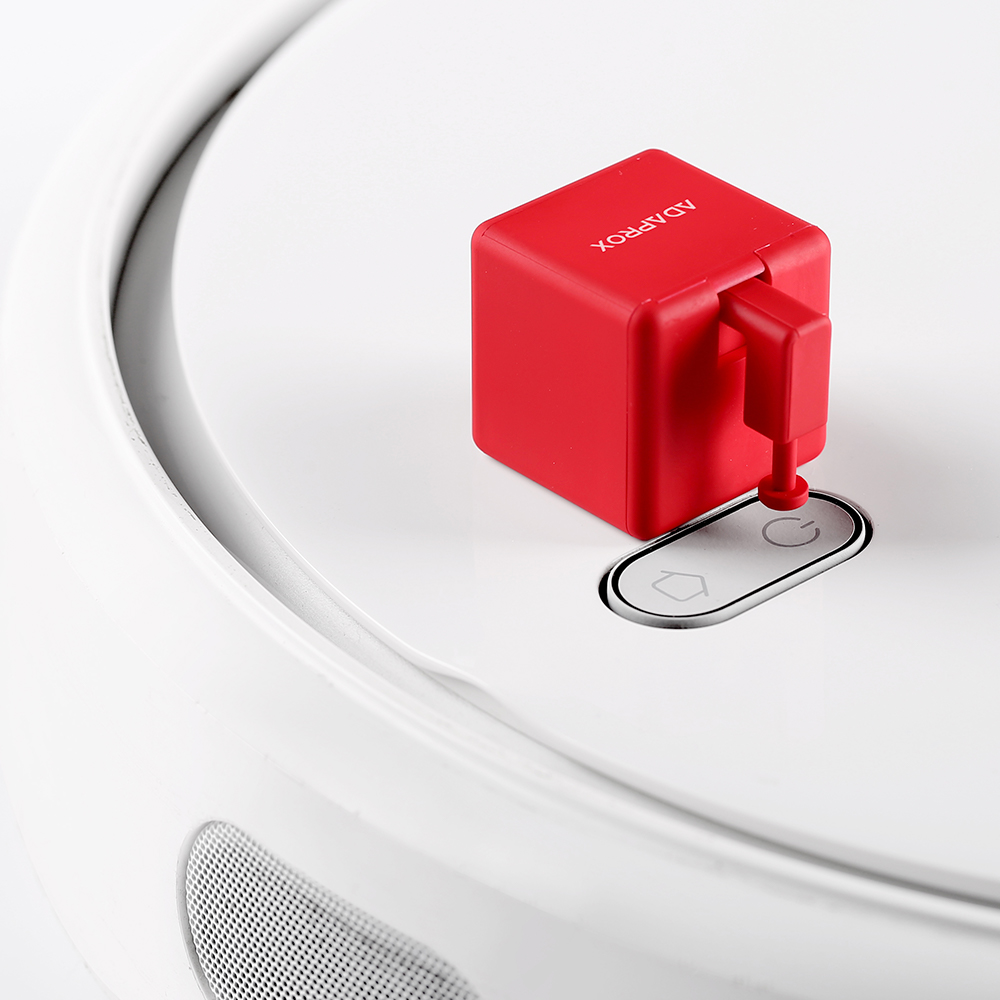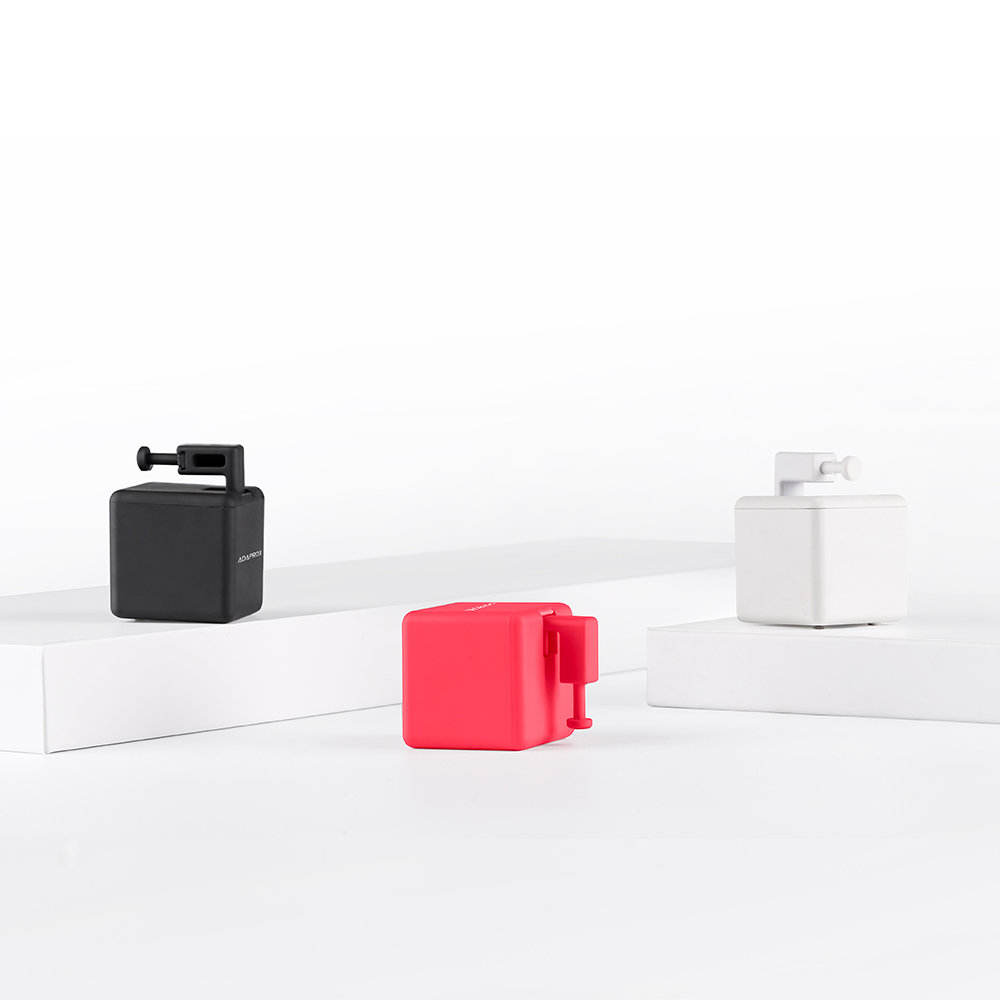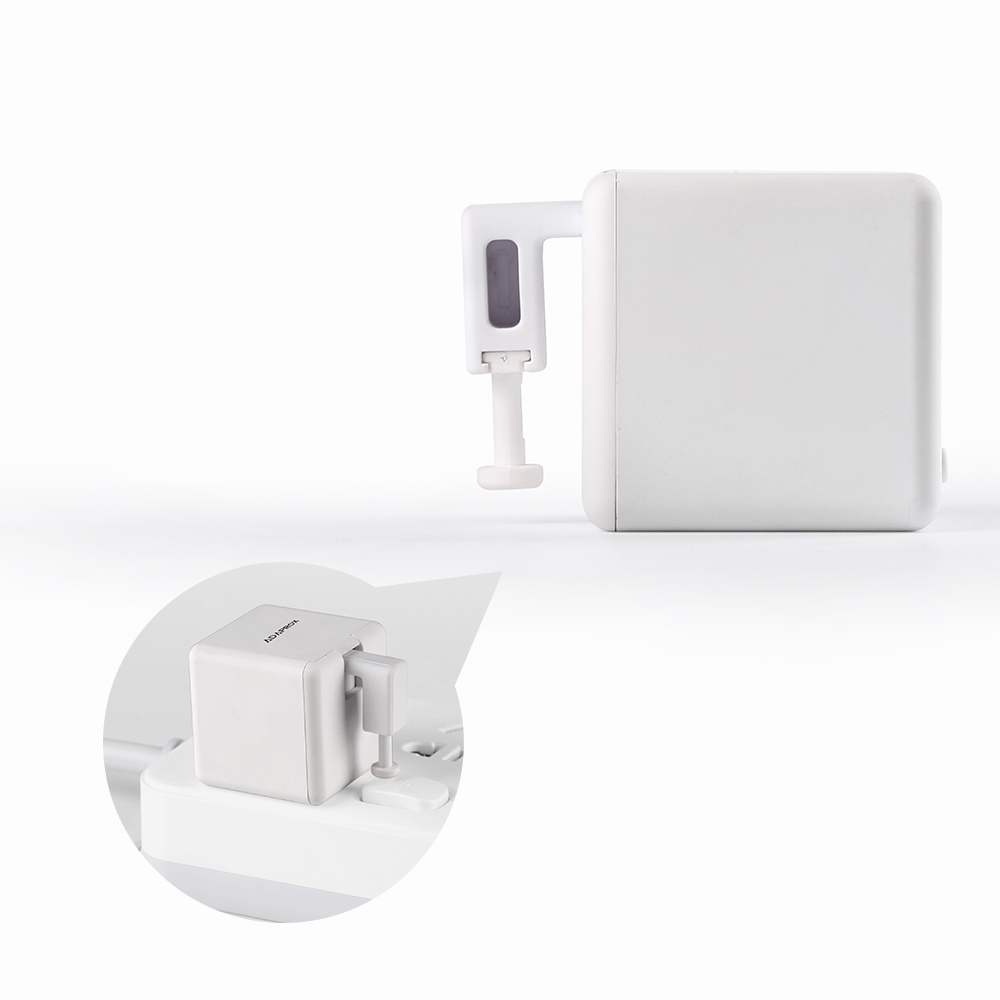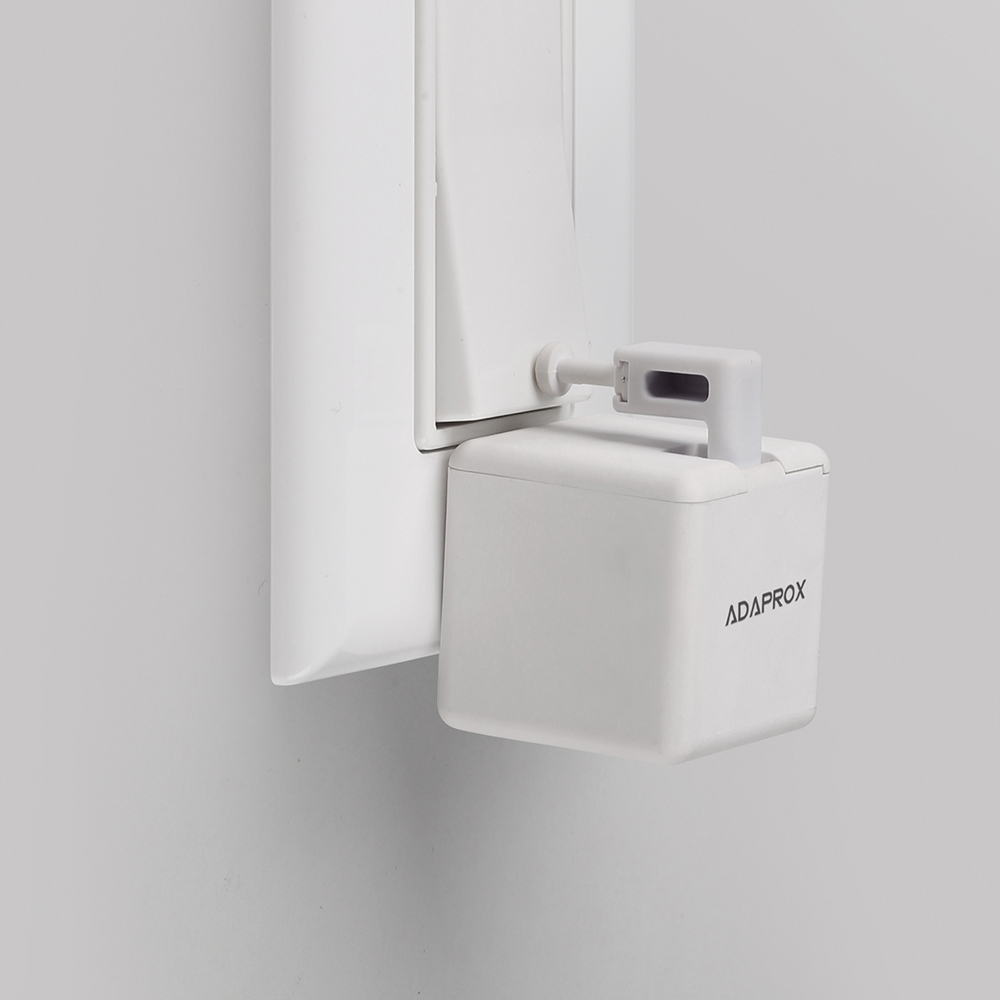A smart plug lets you control almost any appliance remotely, even those that might be considered “dumb” appliances by most standards. If your appliance requires a button to be pressed to use it, smart home tech falls a bit short — until now.
The appropriately named Fingerbot is exactly what it sounds like: A small box with a “finger” protruding from it. The device links to your Wi-Fi network and allows you to activate it from your phone, through a smart assistant, or even on a schedule. When the Fingerbot activates, its finger will extend and depress the button on the other side. Remote control of the Fingerbot requires the Adaprox Bridge device.
The Fingerbot has a number of different “fingers” you can attach to it, including the standard extension arm, the touch screen arm, the toggle control arm, the wall switch arm, and the wall toggle arm. The Fingerbot is reported to have a 6-month battery life and is designed to be easily installed. Although specific instructions have not yet been provided, images of the Fingerbot make the installation look like a simple matter of securing the device with an adhesive strip.
The appeal of the Fingerbot lies in how easily older appliances can be connected to a larger smart home network. The Fingerbot can connect to wall switches, coffee pots, and microwaves. You can even connect it to your pet’s food dispenser and feed them throughout the day from your phone. The Fingerbot is not yet available for purchase, but interested customers can sign up for launch alerts on the device’s website. The early bird price is $25, but the standard retail price is supposed to be around $50. The relatively low cost of this device makes it an attractive option for someone that wants a smarter home but doesn’t want to invest in brand-new smart devices (some of which are cost-prohibitive.)
The Fingerbot connects to Amazon Alexa, Google Home, IFTTT, and even Nest. For such a simple device, the Fingerbot has the potential to be incredibly useful. If pressing buttons is a drag, let this little smart device do it for you.
